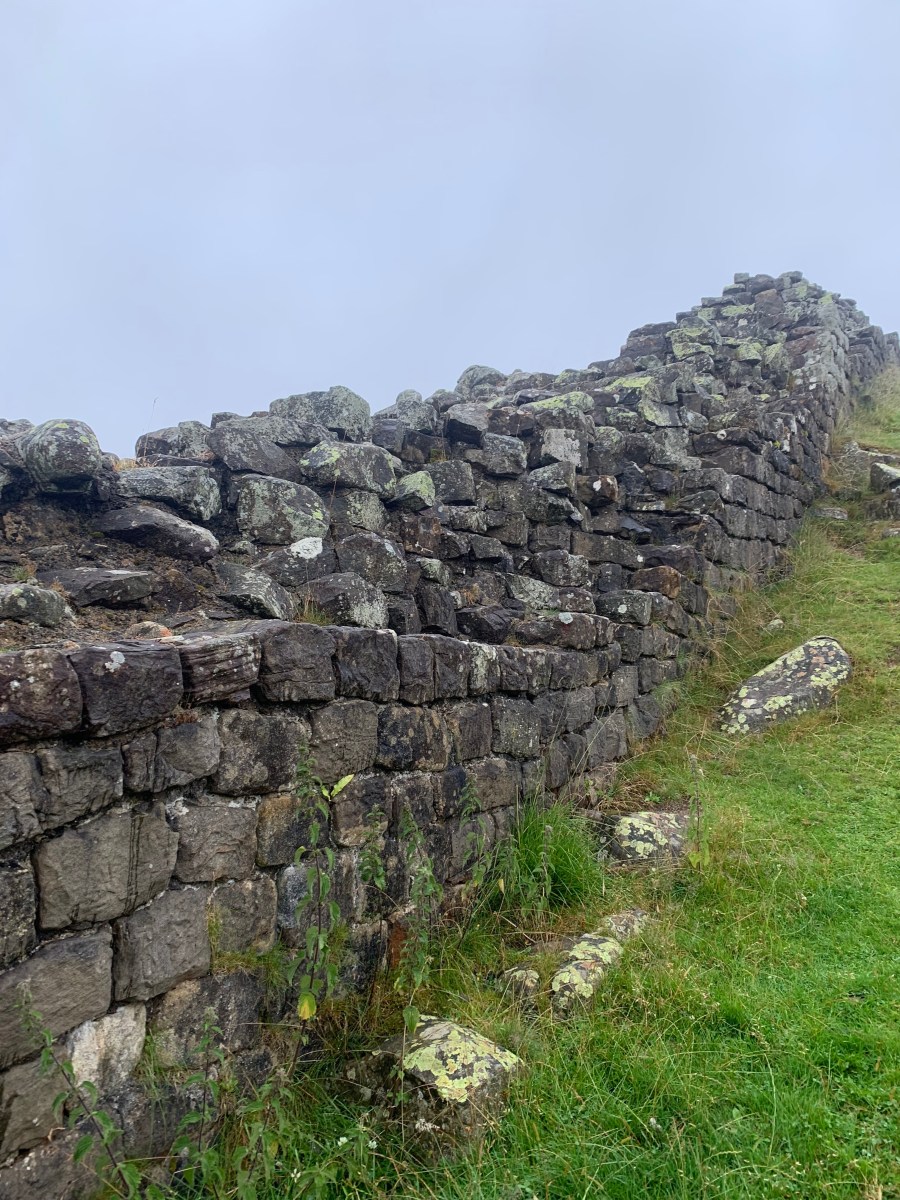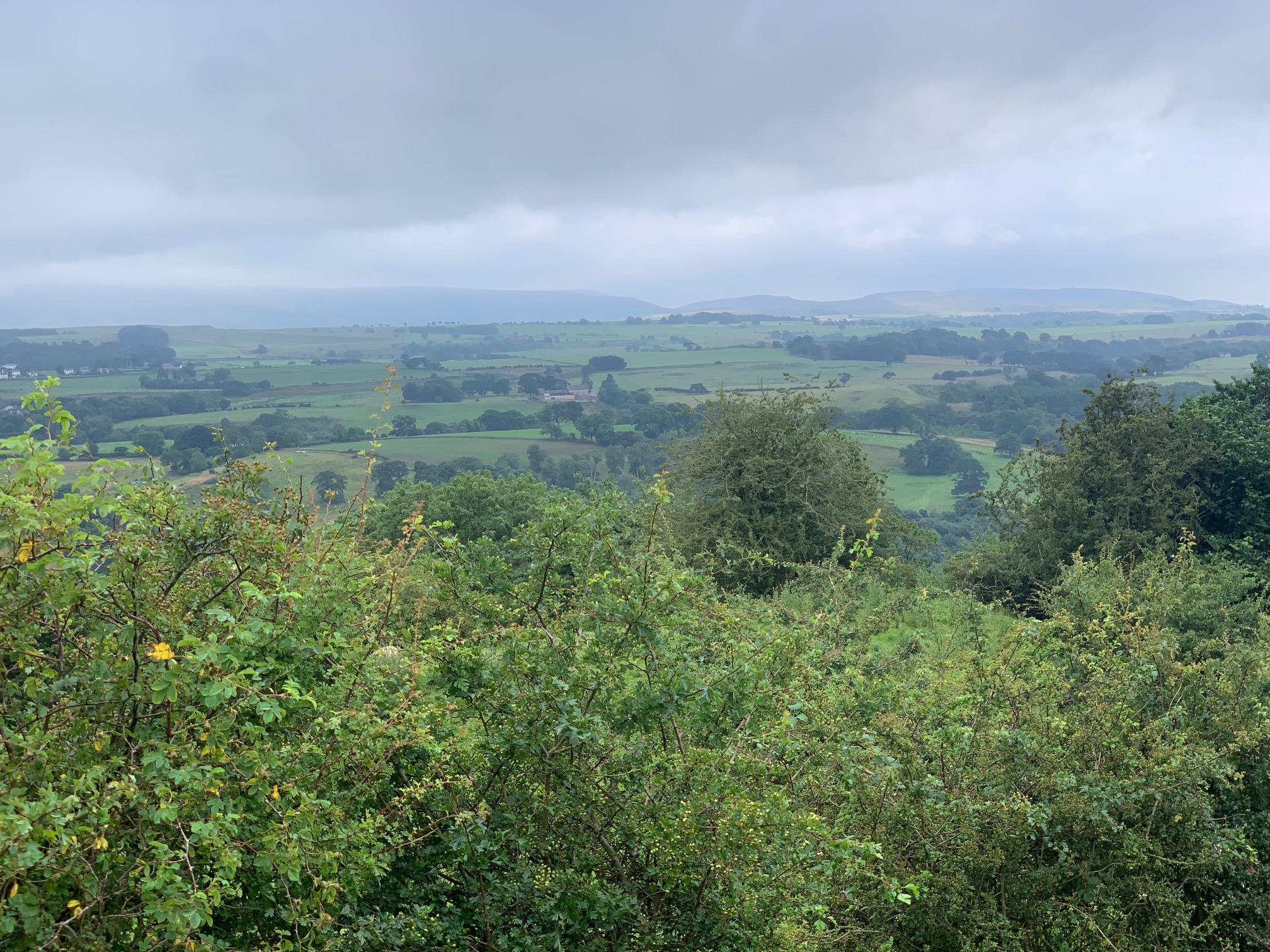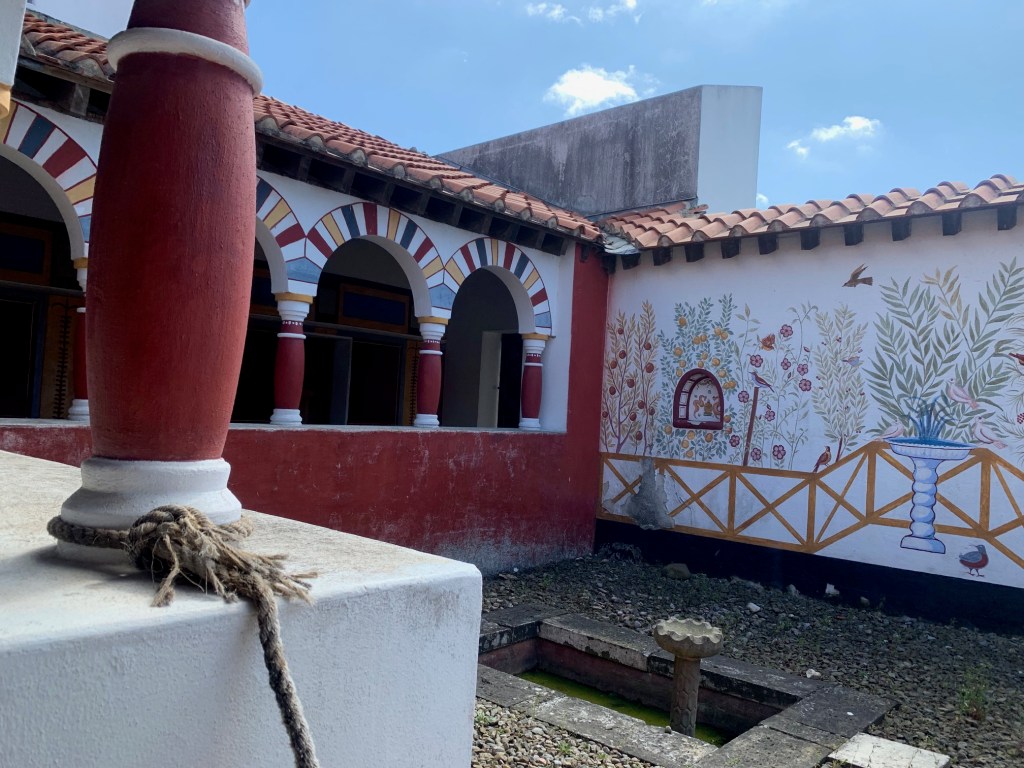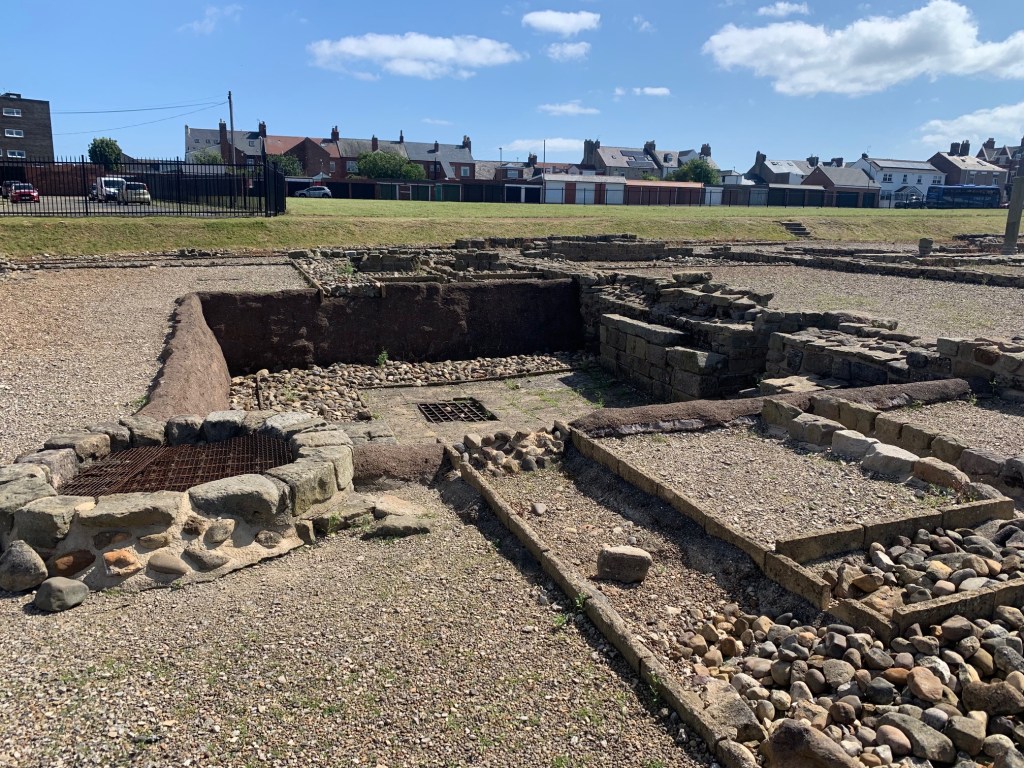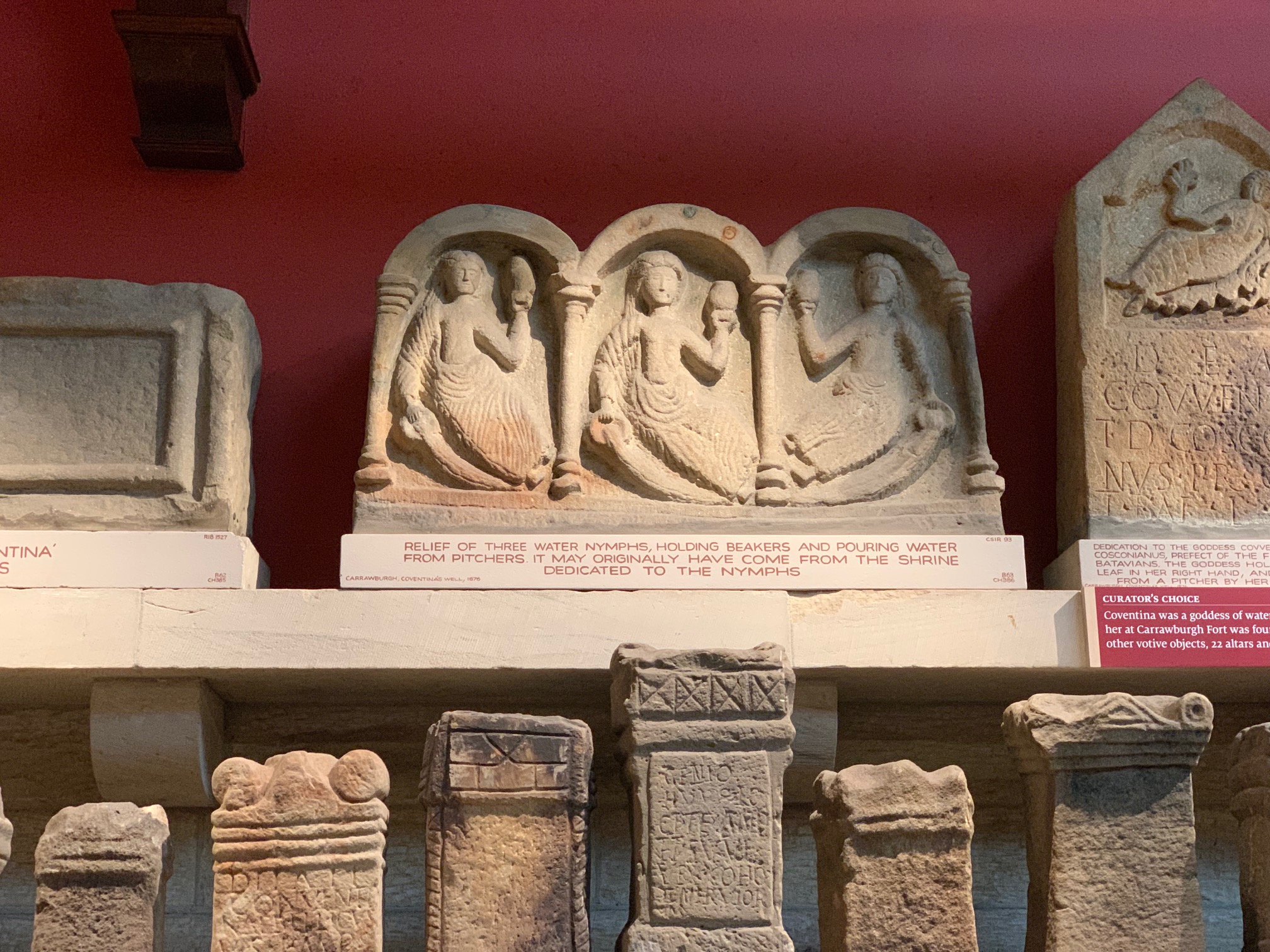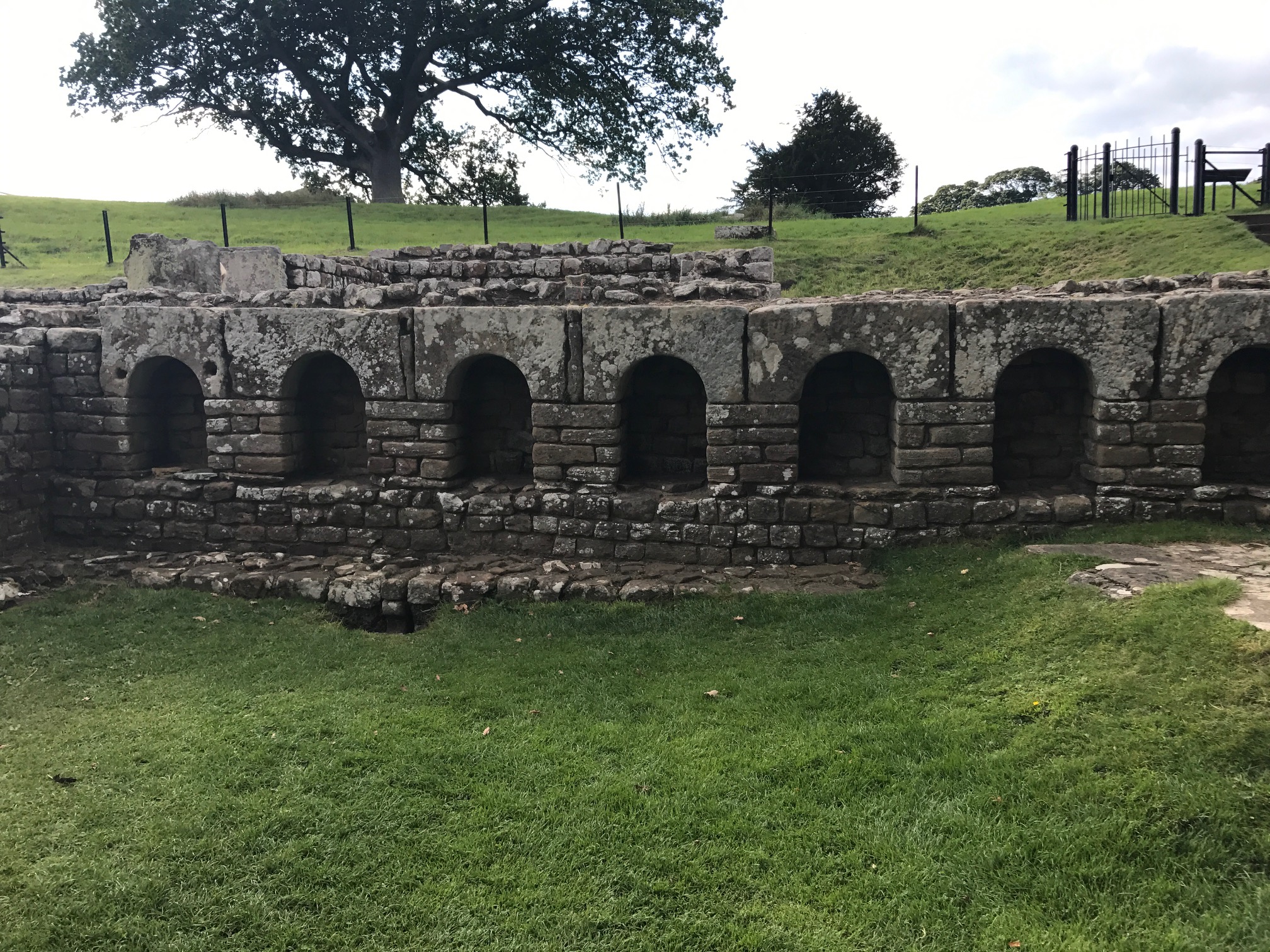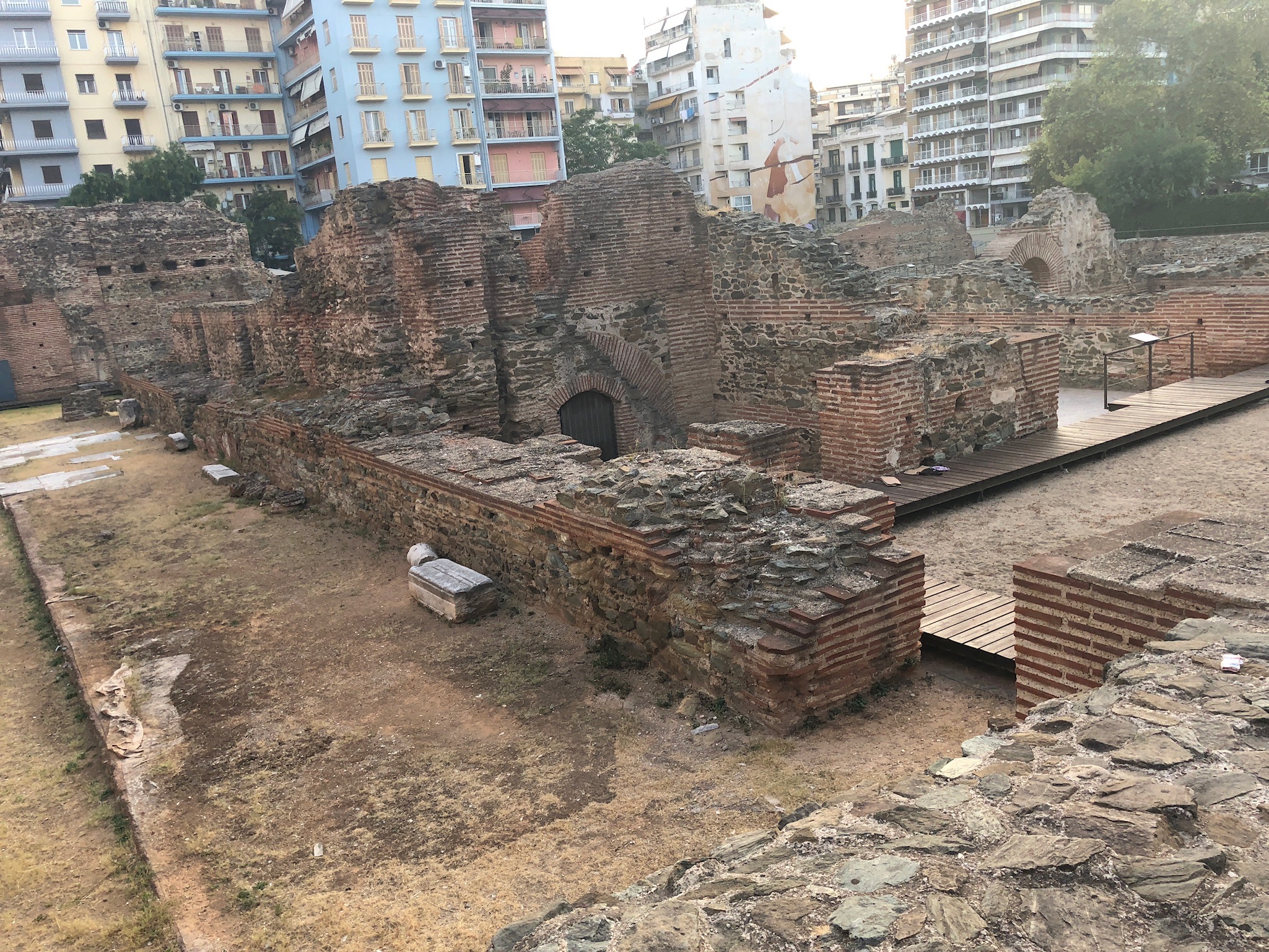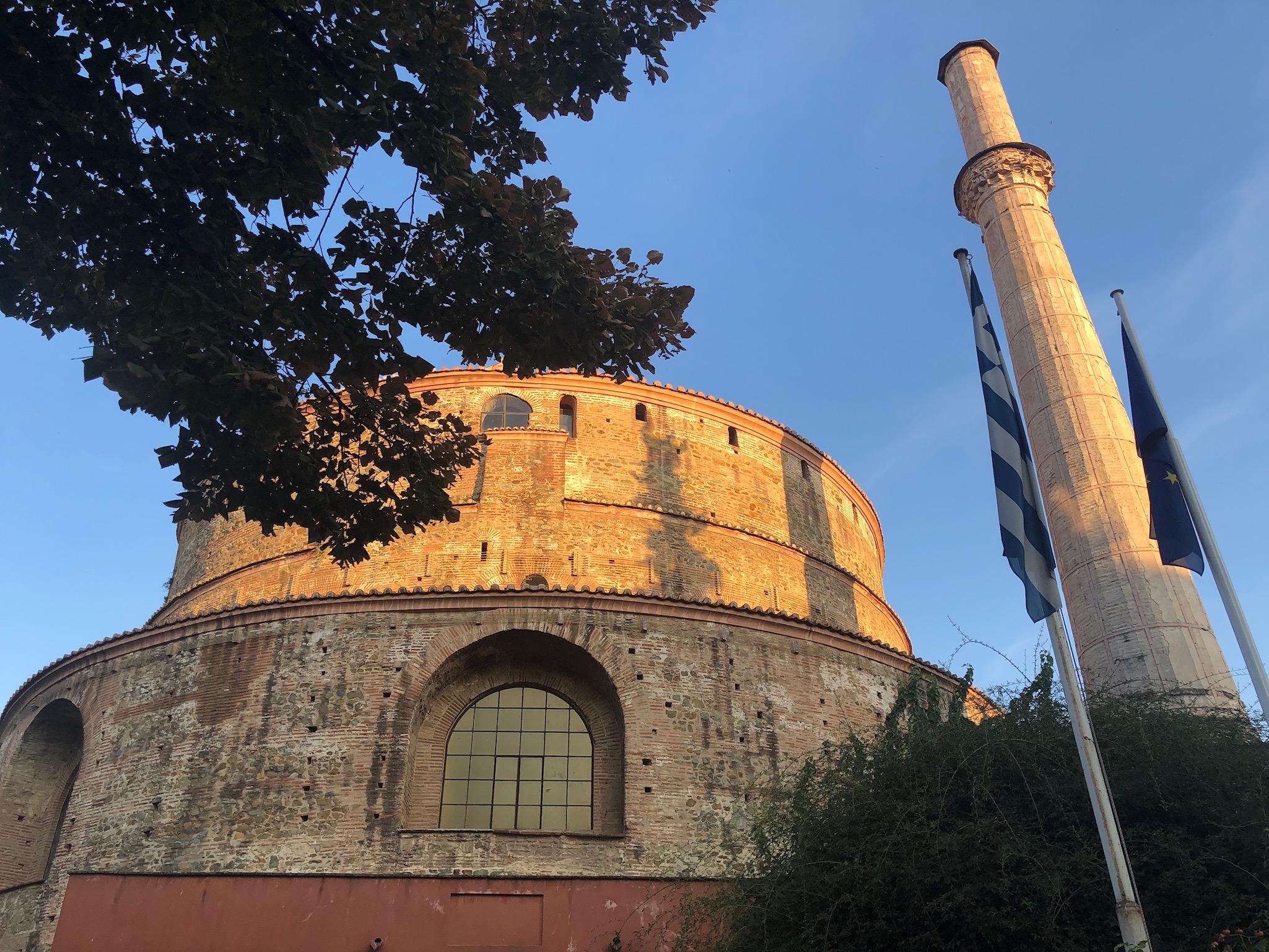“There are things we know that we know. There are known unknowns. That is to say there are things that we now know we don’t know. But there are also unknown unknowns. There are things we do not know we don’t know.”
On our final coach journey of the Pilgrimage, this (at the time much derided) quote from Donald Rumsfeld was used to sum up the current state of knowledge about Hadrian’s Wall. We certainly left with more unanswered questions than we had started with – and maybe this was the objective of our excellent guides?
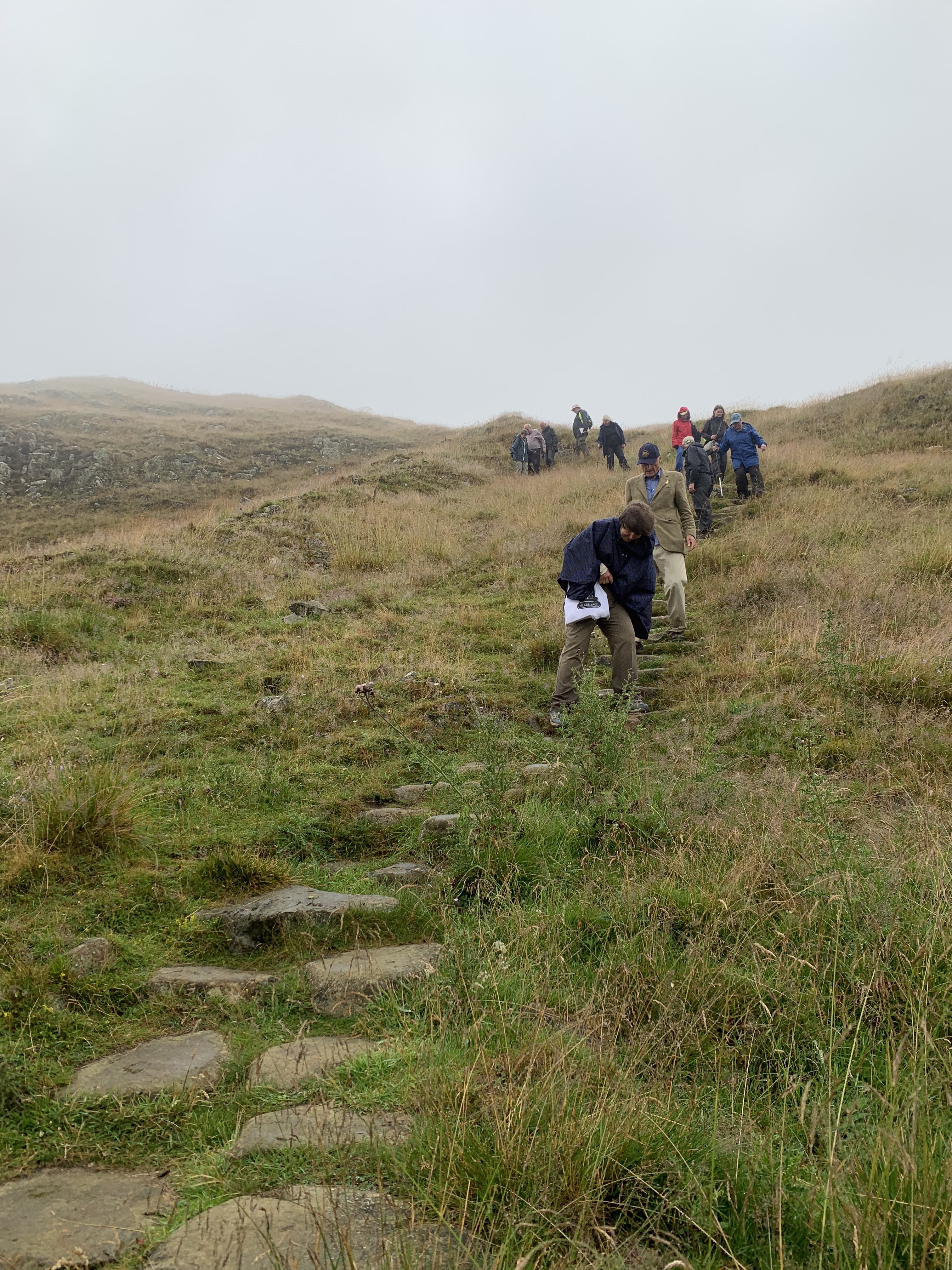
The Pilgrimage was enjoyable, entertaining and educational – and also very good exercise, especially the final steep climb to Mucklebank Turret (T44b). Our heartfelt thanks go to the Chief Pilgrim, David Breeze, and to everyone else who made this Pilgrimage possible.
Here are 3 of the many questions and new ideas to us that stuck in our memories afterwards:
– could the reputed ‘white washing’ of the Wall in fact be the by-product of brush pointing using water with a lime wash in finishing construction?
– when the Turf Wall had recently been constructed in the West, it would have looked quite extraordinary as a green turf strip, with stone watchtowers, striding through a landscape of exposed pink and white clay soil, and
– spreading out the 2nd Century Roman Field Army in forts dispersed across north of England and southern Scotland would have solved much of the logistical problem faced by such a vast force: when an army is concentrated it soon runs out of food and pollutes the water supply, thus it has to keep moving. So, whatever the other motives, parking units across the landscape made logistical sense.
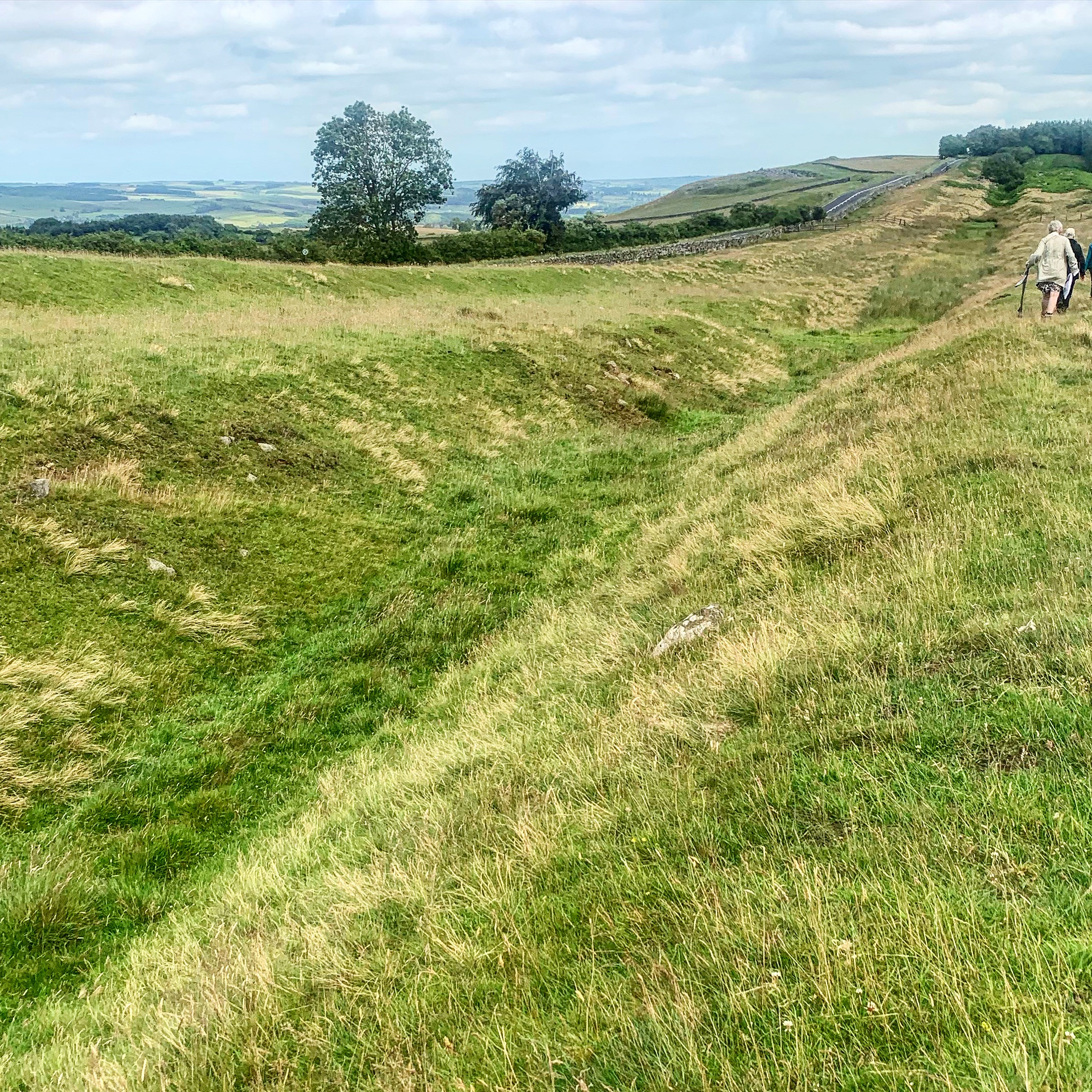
Here are three controversies we enjoyed hearing kicked about:
– were there a wall walk and crenellations on top of Hadrian’s Wall? Almost all reconstructions assume so, but is there actually any firm evidence either way?
– what was the Vallum for? At the misnamed Limestone Corner, the extreme hardness of the local dolerite stone finally caused the legionaries to give up on digging the ditch in front of the Wall but it did not stop the (presumed) auxiliaries digging the Vallum. So the Vallum clearly mattered – but was it there to stop cattle rustling, as a second line of defence, to create a cattle and horse compound, as a border control device, as a road to move troops or as the boundary of the civil province? (Maybe it fulfilled most of these functions at some times and on some stretches…)
– did Hadrian order the construction of ‘his’ Wall before he visited Britannia or when he arrived and had inspected the British challenge? Indeed, could Hadrian himself have made the Decision to move the Forts forward from the earlier Stanegate to the line of the Wall itself (the ‘Forts Decision’)?

Finally (and very subjectively and unscientifically), our favourites from all the many things we saw were:
Best Fort
Chesters because of its situation, and its Principia and Baths.
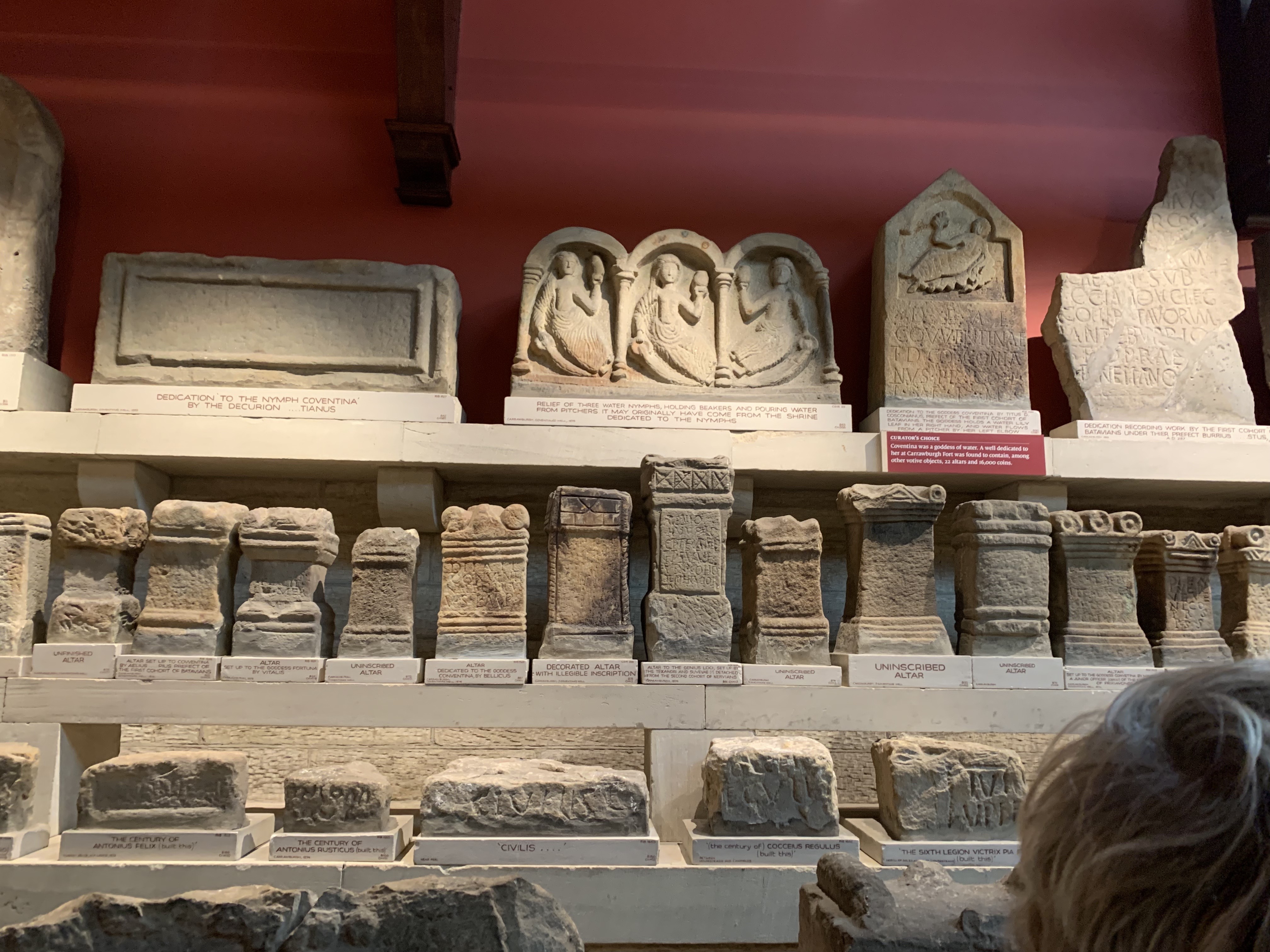
Best Museum
Chesters again, not just because of the wonderful contents, but because it has ‘a museum of a museum’ with proper descriptions, find sites and accession numbers.
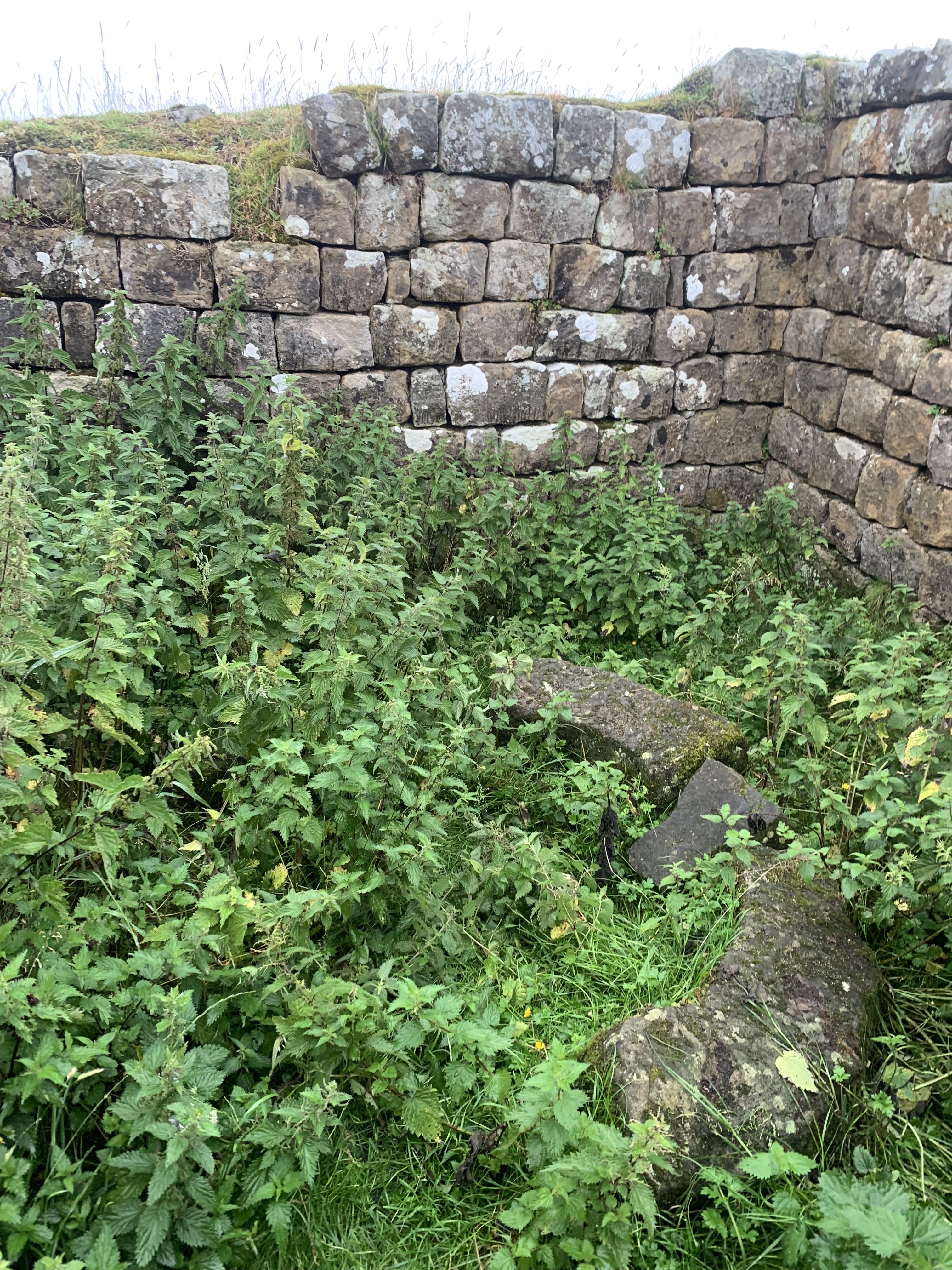
Best Turret
Mucklebank, because it has the original unconsolidated stonework and forms a stunning right angle over a precipitous drop! Also, an ‘Honourable Mention’ for Banks East (T52a) because it was built to be part of the earlier Turf Wall (although EH don’t depict it that way).
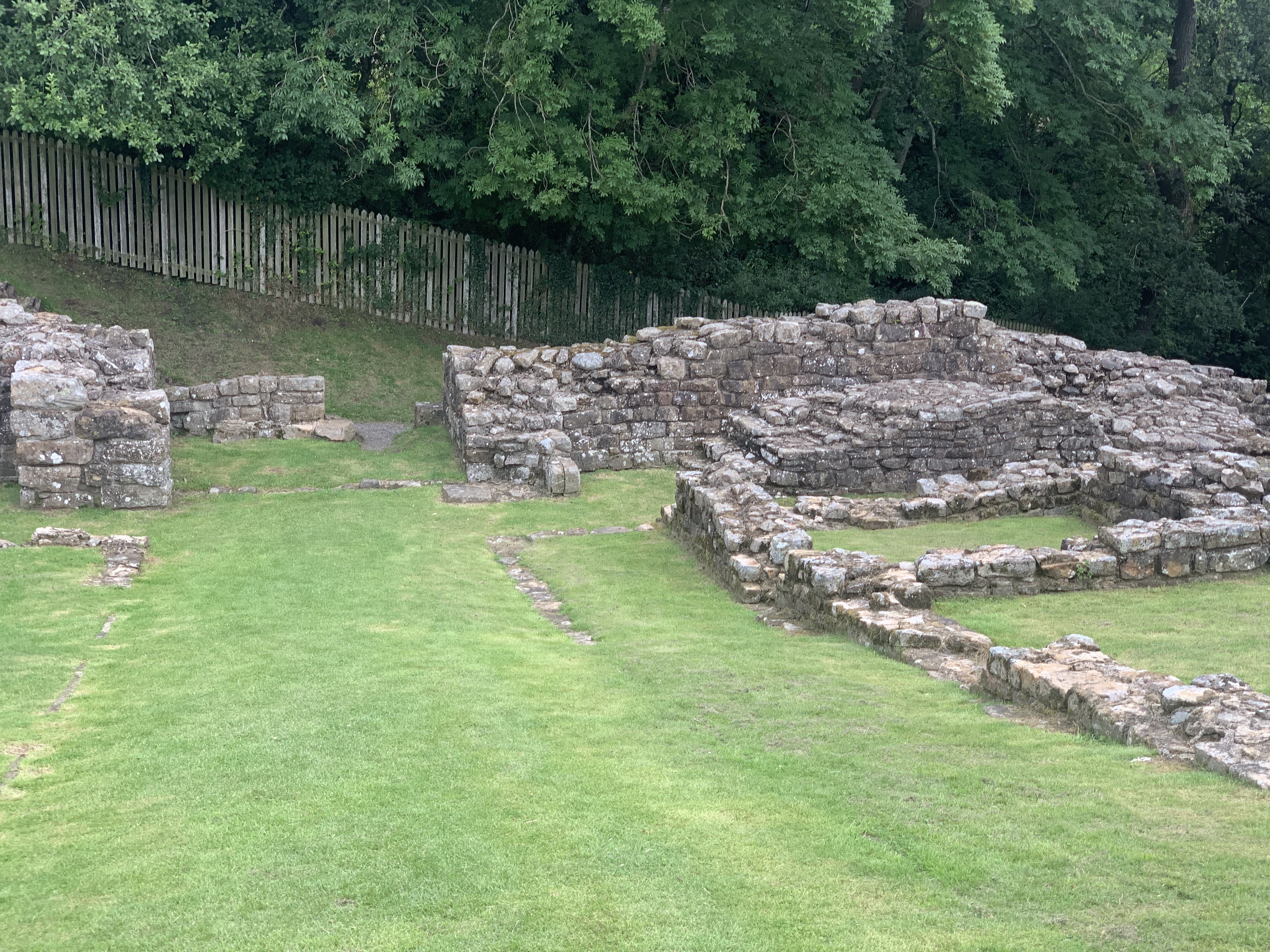
Best Milecastle
Poltross Burn, aka the King’s Stables (MC48), near Gilsland, with surviving bases of two substantial internal stone buildings and, crucially, three steps that must have led up to a higher level…
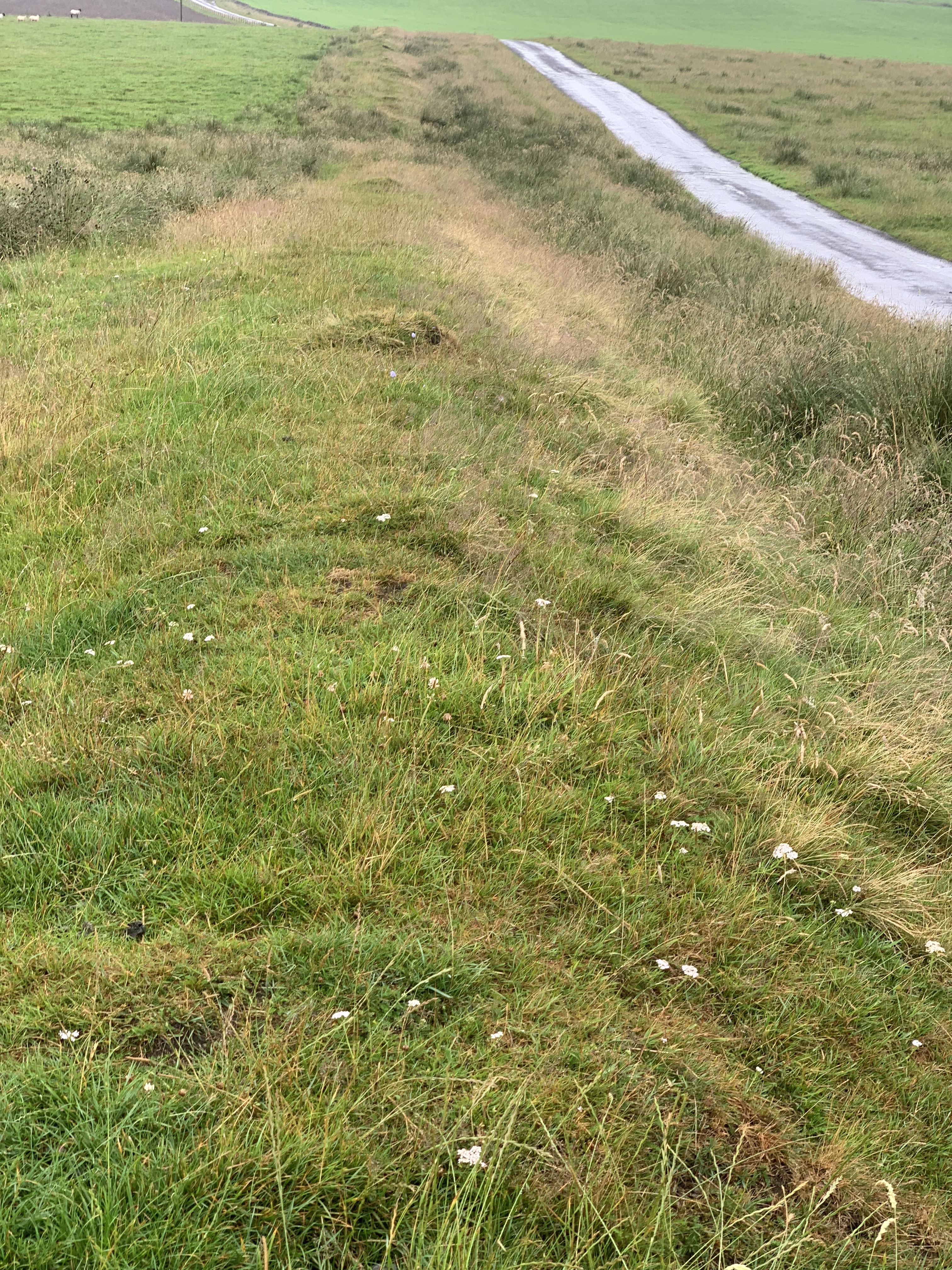
Best Camp
Burnhead, near Cawfields – the only camp we visited but a first for the Pilgrimage and with so much more to learn.

Best Reconstruction
South Shields 2nd Century grand West Gate, 3rd Century squalid Barracks and 4th Century luxury Commander’s Mansion.
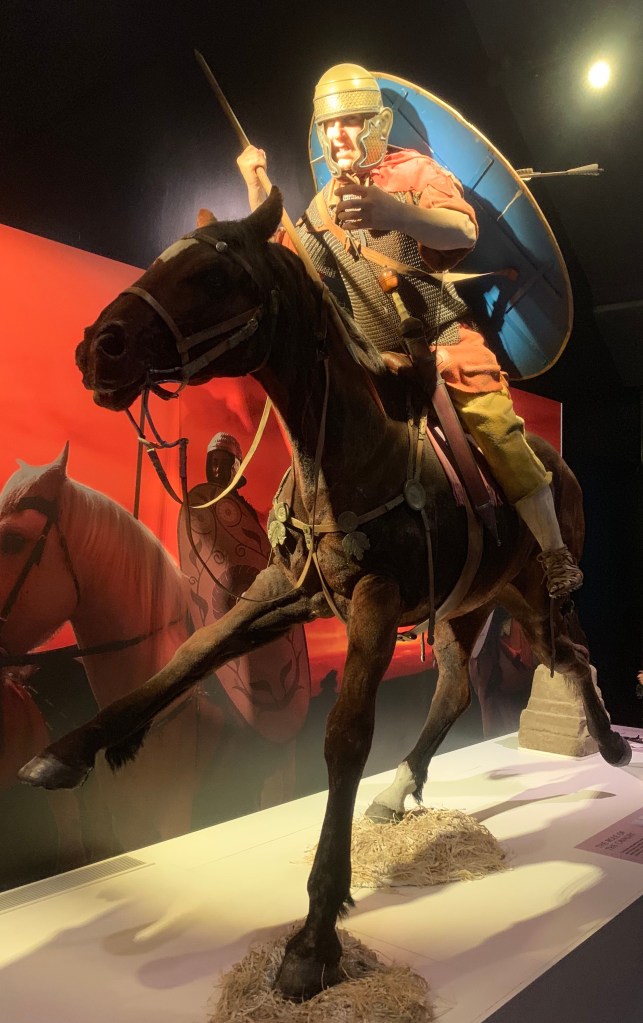
Best Use of Tech
The Roman Army Museum at Carvoran. Here (unlike most museums which try too hard to be ‘cool’ and/or have broken display screens and installations), the interactives (the 3D eagle film, the fearsome Commander of Auxiliaries, and the squadies arguing and having bloody leg surgery) are all high-quality and engaging productions.

